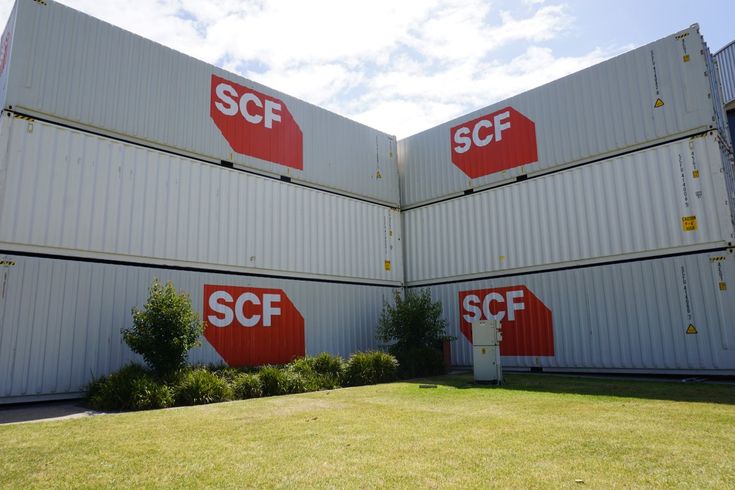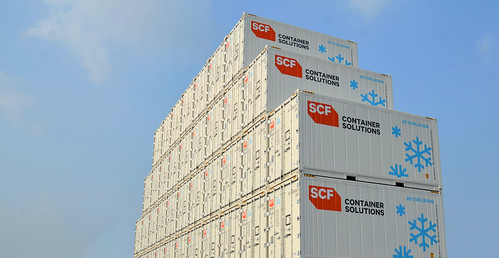As concerns about climate change continue to grow it is more important than ever to reduce our carbon footprint across all industries. One sector that has a significant impact on the environment is the logistics and supply chain industry. This industry involves the movement of goods with SCF containers from one location to another which requires significant amounts of energy and resources. There are many ways that businesses in the logistics and supply chain industry can reduce their carbon footprint and promote sustainability.
1. Use Energy-Efficient Transportation
One of the most significant contributors to carbon emissions in the logistics and supply chain industry is transportation. To reduce carbon emissions businesses can use more energy-efficient transportation methods. For example, electric vehicles and hybrid vehicles emit less carbon than traditional gasoline-powered vehicles.

2. Optimize Supply Chain Networks
Another way to reduce carbon footprint in the logistics and supply chain industry is to optimize supply chain networks. This involves analysing and streamlining the entire supply chain to reduce waste increase efficiency and minimize transportation distances. By optimizing supply chain networks with SCF containers businesses can reduce the amount of energy and resources required to transport goods which in turn reduces carbon emissions.
3. Implement Sustainable Packaging
Packaging is another area where businesses can reduce their carbon footprint. Traditional packaging materials such as plastic and Styrofoam are not environmentally friendly and can take centuries to decompose. To reduce carbon emissions businesses can implement sustainable packaging solutions such as biodegradable or compostable packaging materials. These materials break down quickly and do not contribute to environmental pollution.
4. Embrace Renewable Energy Sources
Businesses in the logistics and supply chain industry can also reduce carbon emissions by embracing renewable energy sources. For example, businesses can install solar panels or wind turbines to generate renewable energy. This not only reduces carbon emissions but also reduces energy costs over time.
5. Encourage Sustainable Practices among Suppliers
To reduce carbon footprint in the logistics and supply chain industry it is essential to encourage sustainable practices among suppliers. Businesses can work with their suppliers to ensure that sustainable practices are being followed such as using energy-efficient equipment and minimizing waste.
6. Implement Carbon Offsetting Programs
Finally, businesses in the logistics and supply chain industry can implement carbon offsetting programs. These programs involve investing in projects that reduce carbon emissions or remove carbon from the atmosphere. By offsetting their carbon emissions businesses can reduce their overall carbon footprint and promote sustainability.

